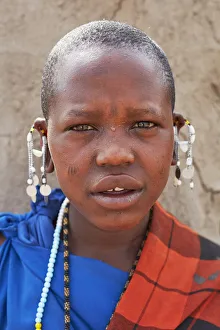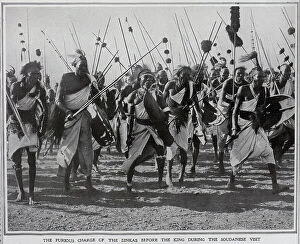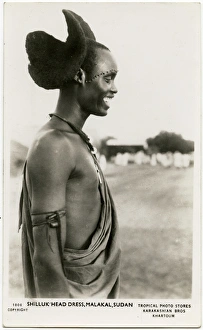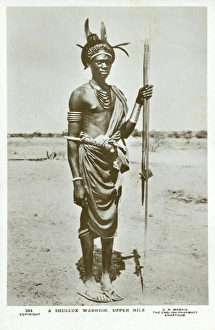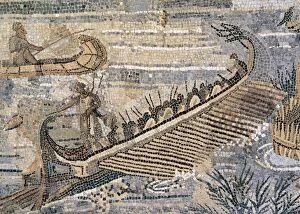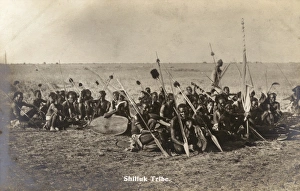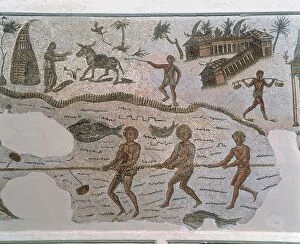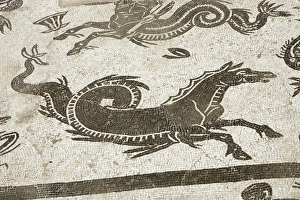Nilotic Collection
The Nilotic people, such as the Dinkas in Sudan and the Shilluk Man of the Upper Nile in Malakal, South Sudan, have a rich cultural heritage that spans centuries
All Professionally Made to Order for Quick Shipping
The Nilotic people, such as the Dinkas in Sudan and the Shilluk Man of the Upper Nile in Malakal, South Sudan, have a rich cultural heritage that spans centuries. The Chief of the Shilluk Tribe in Southern Sudan holds great importance within their community, guiding them with wisdom and leadership. Intricate artworks like the Roman mosaic of Palestrina showcasing the Nile River depict scenes from ancient times. This mosaic transports us to a time when triremes sailed along its waters, connecting civilizations and cultures. Moving further south to Tanzania, we encounter a young Maasai girl adorned in a traditional Shuka dress. Her vibrant attire reflects her tribe's customs and traditions passed down through generations. Back to ancient Rome, another mosaic captures scenes of peasant life along the Nile. This black-and-white photograph reminds us that even thousands of years ago, daily life revolved around this majestic river. Traveling to Pompeii's Casa del Fauno (House of the Faun), we witness yet another stunning mosaic depicting a serene Nile scene. Its intricate details transport us back to an era long gone but preserved through art. Continuing our journey through history brings us to Rome once again where Pygmies are immortalized on yet another Nilotic Mosaic dating back to the 2nd century AD. These mosaics serve as windows into different cultures' perceptions and interactions with Africa's mighty river. Lastly, we visit Italica's House of Neptune in Spain where remnants from an ancient Roman city still stand today. Here too lies evidence of how far-reaching Nilotic influences were across various regions during antiquity. From Sudanese tribes crafting grain bins by Bahr-el-Ghazal (Sea of Gazelles) to Spanish cities preserving Roman artifacts - these glimpses into Nilotic culture remind us not only of their historical significance but also their enduring impact on diverse societies throughout time.



